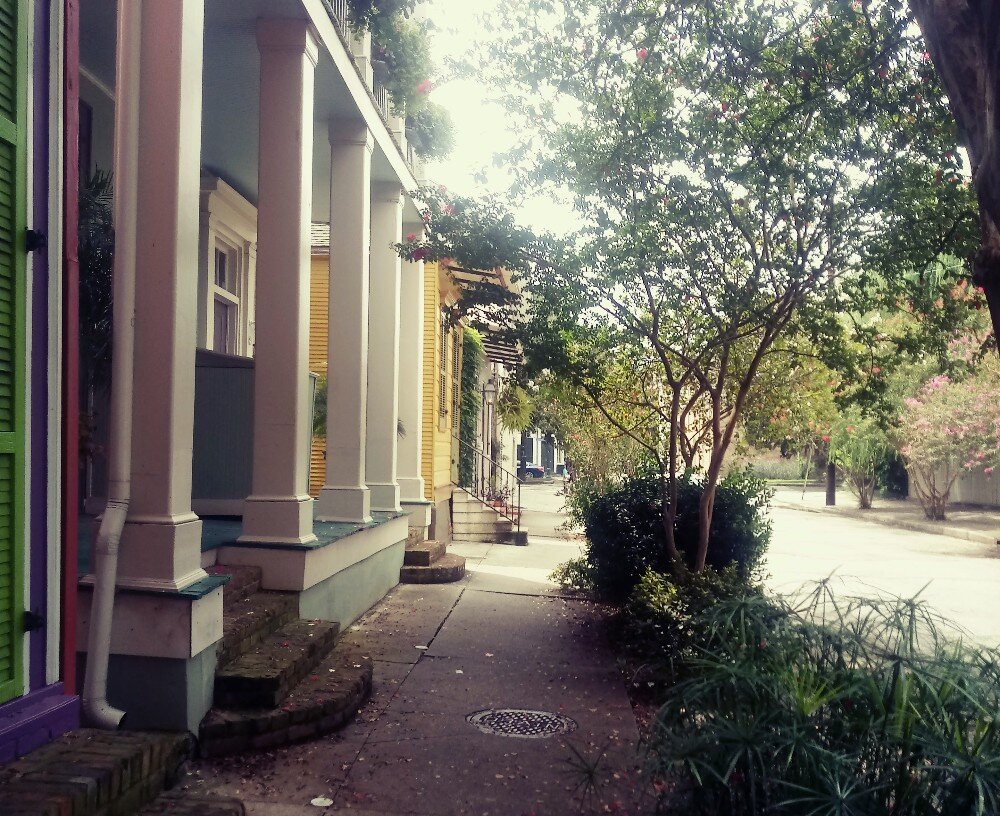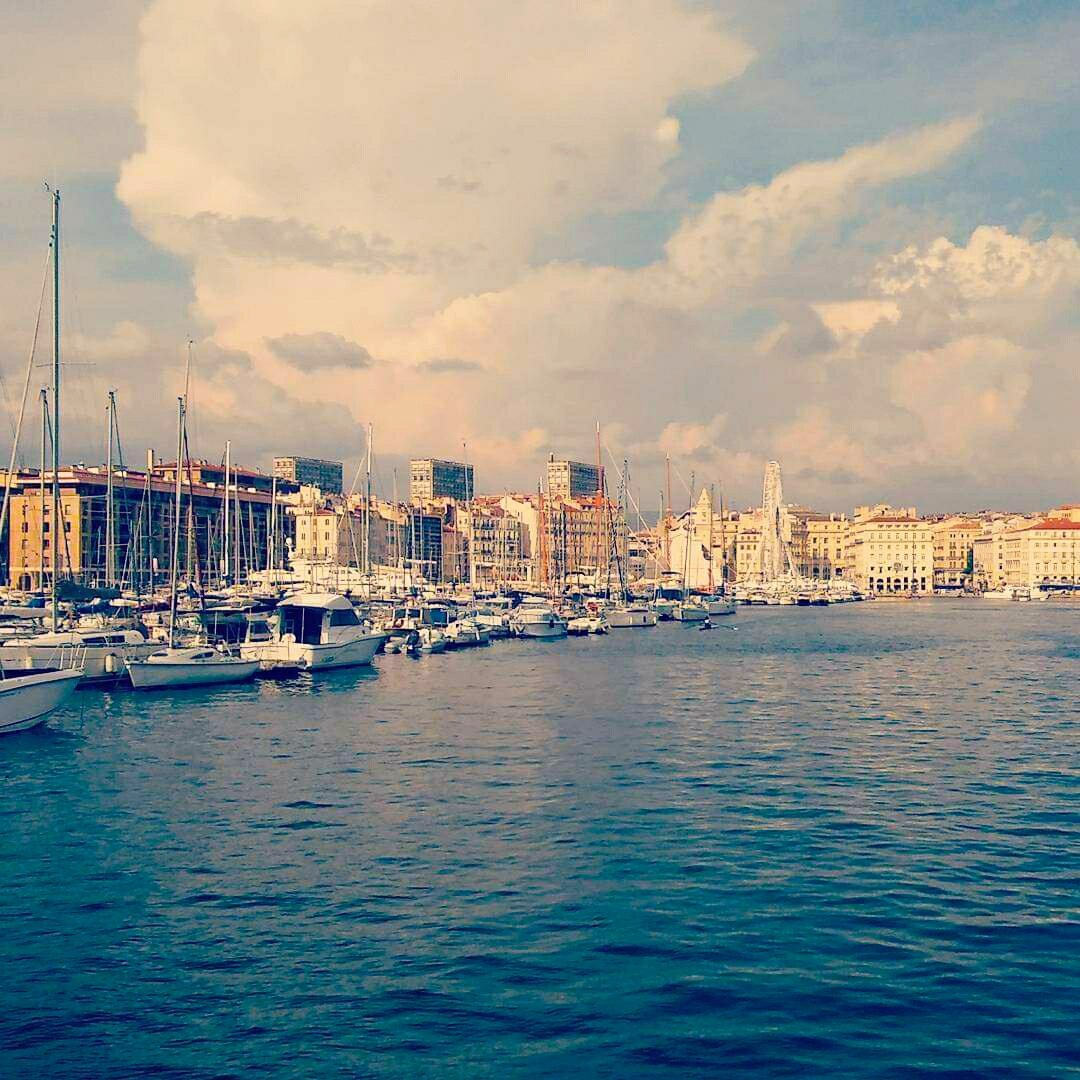By Anna Evans:
From the train, drifting through the land, America endless passes through windows. We are travelling from New York by train heading south. Long distance train travel foregrounds the journey itself – the hours stretch ahead of us and time passes differently. A whole litany of travel, of escape, of distance. This is travel for its own sake: departures and the unknown destination, the one yet to be arrived at.
From New York we say goodbye swiftly, disappearing into a tunnel and emerging in New Jersey. Time passes easily: the names of the stations before us like a list unfolding. Counting the states as they roll by … New York, New Jersey, Pennsylvania, Delaware, Maryland, Washington, Virginia …
The landscape filters through the windows. Watching the outskirts of cities becoming central, immersed in the view from the window. Each place is a destination for someone, and at each station we await departure, glad to remain on the train with everything ahead of us, still a plan, an idea of travel; the onward pull of the train tracks.
Windows frame the scenery, flickering still life by. To be in motion, like so many images coming together as a moving picture. Sitting still on a train this movement is entrancing. It is when I try to catch a moment of stillness and enclose it, that I get some sense of the speed we are travelling. Trying to read a sign at a passing station or recall someone glimpsed from the window. The view from the train is partial; momentary and suggestive.
Stepping out of the train at Washington, feeling the heat, feeling a difference. Sensing the unfamiliar, of places I have imagined but never seen. The names of the places resound through the announcements of the train conductor, coming up and down the carriage . . . Culpepper, Manassas. Small town America, picture perfect, while below the surface history crackles with tales of power struggles and the defeated. The railway tells stories of crossing a continent, of a means of leaving and becoming fugitive.
As we travel it is hard not to think of all the unknown souls who laid down the tracks, lost to time. Immense bridges and river crossings connecting those vast expanses of land. All the images of pioneers and immigrants, wagons and horses, galloping across the horizon and as far as the eye can see, fabled legends of exploration myths and map-making. The iron road laid out as if to tame the land and mark out its boundaries, to fix and make permanent the story of a new world.
Shortly before our stop in Virginia, just as darkness is falling, the train comes to a stop. The storm has blown trees on the line. We wait in the middle of another huge forest, darkness outside, for news, for updates. Imagining great trees laid across the line, small figures scurrying around them. The falling night brings with it change and uncertainty.
America feels too big to begin, and I know that it makes no sense to think like this when I can track the progress of the train as I go. When it is restlessness that brought me here. I feel far from home, and the two impulses battle within me; my travelling spirit stretched to its limit, to the end of its comprehension.
As the train travels through the night I am aware that we have barely scratched the surface of what lies beyond the next tree, the next horizon. Now I just feel lost. Is it possible to be lost when the train track winds onwards through the land, laid out piece by piece, when everything has been explained and laid to rest?
Except that no one really knows what lies beyond the measured miles, the boundaries of loss.
***
We continue the journey by night. Our route passes through Virginia, North Carolina, South Carolina, Georgia, Alabama, Mississippi, Louisiana … People get on and off at stations along the way which I fail to wake at, pulled under by sleep, lulled by the movement, the sound of the train. Dimly aware of change, but cold, too cold, sheltering under the thin blanket, looking for a pillow to rest on.
The fingers of sleep crept in stealthily and covered your eyes, tousled your hair, pushed you ever downwards, downwards. Sometimes you resurfaced and were crossing cities above like darkened shadows.
Train dreams are the ones that vanish through your fingers like the names of the stations while moving at speed. The train guards walking up and down the train. Good morning! First call for breakfast. Shifting, waking, looking out at the dawn, drifting again …
Onwards through the landscape, small settlements scattered through the tall and unending trees. Cities strung out in-between like troubled dreams. Passing, half imagined, the land divided into counties and marked out by rivers. Gatherings of houses and lights, the city like a dreamscape.
Train dreams are the falling stars, the sleep that comes suddenly and takes over, the drifting and the sudden call back. The long and convoluted dreams that can only last a moment but that lie in infinite parallels circling back.
From the window, glimpses, snapshots, fleeting: time passing like something remembered you can touch. Travel makes you a stranger everywhere continually seeking for and casting off the sense of home. From the window impossibly long trails of freight cars. I picture the track that runs behind us, spooling away endlessly, lost into distance. The forlorn sound of the train, the sound for which the word was made, stretching outwards for-lorn.
Somewhere in the night we cross over to a time and space that feels different. Where time expands, and space widens. Overnight, recognition becomes replaced by a feeling of disassociation. That sometimes time reels out like so much track laid across the distance, when you try and picture the end of the line.
Waking to the morning light in Georgia. The train conductor passes calling out the names of the stops. Atlanta …
The railroad, the train track, always travelling, always moving on.
***
Travelling across America by train is like every song you ever heard that was melancholy and floated through you … in the telling of travel, departures and long distances, the lack of control over your own destiny, the loss of identity. The railroad reaches on into the distance, like the track spooling away behind, just out of view around the next bend.
Train songs, the names of destinations far away, connected, ever-connected by the railroad. The same music that America has been running from and tracing its way back to ever since. In these songs, departure and longing, distance and loss. Leaving the south, like exile and captivity, the weight of the journey and all those who dreamed of escape.
The longing of train songs; even if after roaming all those thousands of miles brings you to another place where things might be different, might be the same.
The forlorn sound of the train approaching, like something remembered, already known.
For a while in Alabama, the train follows the course of the river, a wild and overgrown bridge. The track winds off in the distance to vanished routes.
As the hours and miles go by, distance starts to overwhelm us and we look out of the window, speaking less and less. The train travels through Alabama and Mississippi, deep and far away. Sitting in the buffet car, listening to the train staff talking. Apprehension comes with the falling of the light, the lengthening of afternoon, and the building clouds across the sky. We lack the words to explain, they hang between us, like the storm beginning to build outside.
Train words are the ones that fall between the ones we say, the ones that float between our window reflections and out into the trees like dandelion seeds; tiny parachutes looking for a safe landing.
Lost railroad tracks leading off into the trees. The lonely cry of the train through one track towns, passing once each day going south and once in the other direction. Long straight roads, white chapels and the highway out of town, past boarded up buildings and lone walkers. Leaving, becoming ghost towns, out on the road beyond the view from the train. The road that runs alongside the rail tracks. Becoming lost in distance. Lonely road, broken down town, marooned.
The perfect vista as viewed from a train. Flickering sunlight from above, clouds on the horizon. In the viewing carriage of the train you can sit immersed in the landscape, and skylights offer a view of passing skies. I sit with book in hand, unopened, listening to the talk of other passengers, where they are going to, and where they have been. The way the light falls on the trees making some a golden yellow.
Evening comes, and then night falls with a formidable darkness. Something overcomes us, a deep and unending weariness we are unable to explain. Words fail us and we look out to the fading light as if to a great wave. My suffocated soul begins to accept, to comprehend the unending distance, to frame the land as a recognizable space.
I carry it with me so that I know it will always be there like a longing.
***
Anna Evans is a writer from Huddersfield in the north of England, currently living in Cambridge. Her interests are in migration and literature, cities and movement, and she has completed an MA in ‘Writing the Modern World’ at the University of East Anglia. She is currently working on a project on place in Jean Rhys’s early novels, and you can follow her progress through her blog, And The Street Walks In.









